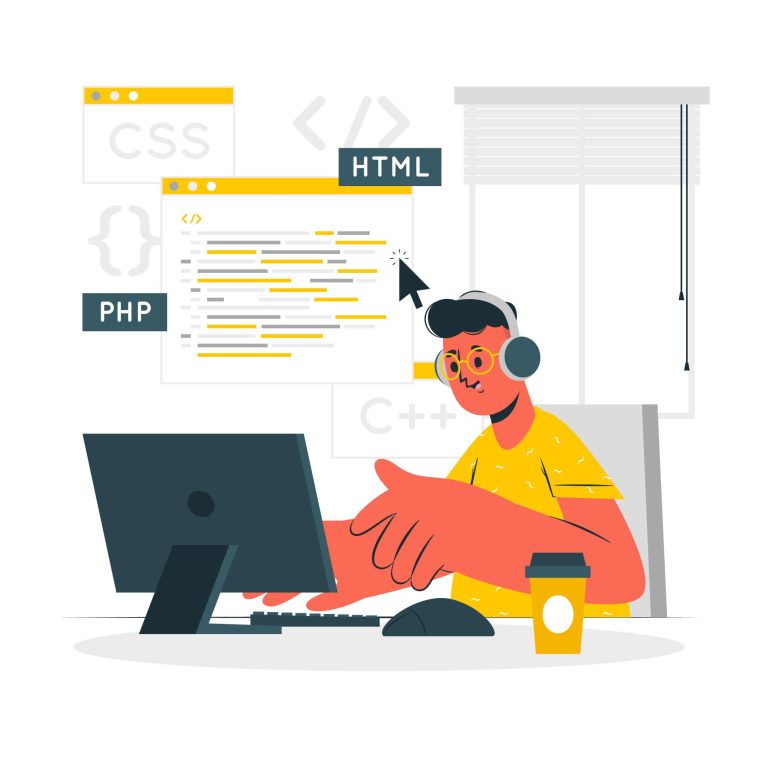In the dynamic realm of web development, choosing the right PHP framework can significantly impact a project’s success. With the plethora of options available, developers often face the dilemma of selecting the most suitable framework for their specific needs. This comparative analysis aims to delve into the diverse landscape of PHP frameworks, exploring their unique features, functionalities, and suitability for different projects.
Understanding the Importance of PHP Frameworks
PHP, being one of the most widely used server-side scripting languages, offers a multitude of frameworks that streamline the development process. These frameworks provide a structured foundation, promoting code reusability, scalability, and maintainability, thereby enhancing productivity and efficiency.
Exploring Different PHP Frameworks
Laravel
Laravel stands tall among PHP frameworks, revered for its elegant syntax, robust features, and a rich ecosystem. Its expressive ORM (Object-Relational Mapping) system, called Eloquent, simplifies database operations, while the Blade templating engine facilitates efficient UI rendering. Laravel’s comprehensive documentation and active community support make it an excellent choice for building complex web applications.
Symfony
Renowned for its modularity and flexibility, Symfony empowers developers to create applications of any scale. Its reusable components, known as Symfony Components, facilitate the development process by providing pre-built modules for various functionalities. Symfony’s emphasis on best practices, stability, and performance optimization caters to enterprise-level projects.
CodeIgniter
CodeIgniter, recognized for its simplicity and ease of use, appeals to developers seeking a lightweight framework with minimal configuration requirements. Despite its smaller footprint, CodeIgniter offers essential features like MVC architecture, database abstraction, and security measures, making it suitable for rapid application development.
Yii
It incorporates lazy loading, caching mechanisms, and robust security measures, making it an ideal choice for applications demanding speed, such as content management systems and e-commerce platforms.
Phalcon
Phalcon differentiates itself by being a C-extension-based PHP framework, delivering exceptional performance. Its low-level architecture reduces resource consumption and ensures high-speed execution. Phalcon’s innovative approach attracts developers looking for a framework that prioritizes performance without compromising on features.
Emerging Trends: New PHP Frameworks
In the ever-evolving landscape of web development, new PHP frameworks periodically emerge, introducing innovative concepts and addressing modern development challenges.
Laminas
Formerly known as Zend Framework, Laminas embraces a component-based architecture, allowing developers to use specific modules independently. Its enterprise-ready nature and robust security features cater to large-scale applications, fostering scalability and reliability.
Mezzio
Mezzio, built on top of Laminas components, focuses on middleware-based applications, providing flexibility and customizability. Its lightweight nature and emphasis on PSR-15 middleware standards make it suitable for building APIs and microservices.
Evaluating Factors for Choosing a PHP Framework
- Project Requirements: Assessing the specific needs of a project, such as scalability, performance, and complexity, helps in selecting an appropriate framework.
- Community Support: Active communities foster knowledge sharing, provide resources, and offer solutions to challenges faced during development.
- Documentation: Well-maintained and comprehensive documentation simplifies learning curves and aids in efficient development.
- Security Measures: Frameworks with built-in security features and practices reduce vulnerabilities and enhance application security.
- Performance: Considering factors like speed, resource consumption, and caching mechanisms aids in choosing a framework aligned with performance needs.
Factors Influencing Framework Selection
Scalability
The ability of a framework to accommodate growth is crucial. Laravel and Symfony, with their modular and flexible architectures, excel in scalability, making them preferred choices for enterprise-level applications. Yii’s emphasis on performance also aligns with scalability requirements.
Learning Curve
CodeIgniter’s minimalistic approach makes it an excellent choice for beginners or projects where a quick setup and learning curve are priorities. Laravel, although more intricate, offers extensive documentation and resources, easing the learning process.
Performance
Phalcon’s unique C-extension-based structure sets it apart in terms of performance. However, Symfony’s robust caching mechanisms and Yii’s lazy loading also contribute to efficient performance, making them suitable for high-traffic applications.
Community and Support
Symfony and Laravel boast large and active communities, ensuring continuous support, frequent updates, and a wealth of resources. CodeIgniter, despite a smaller community, offers reliable support and a dedicated user base.
Security Measures
Frameworks like Yii, Symfony, and Laravel prioritize security features, providing built-in measures to mitigate common vulnerabilities. CodeIgniter’s emphasis on simplicity doesn’t compromise on essential security practices.
Emerging Trends and New PHP Frameworks
Laminas and Mezzio
Formerly part of the Zend Framework, Laminas and Mezzio exemplify the trend of component-based and middleware-centric development. Their adaptability and focus on modular architecture cater to specific project needs, particularly in the realm of microservices and APIs.
Tailwind CSS Integration
Frameworks like Laravel have embraced the integration of Tailwind CSS, a utility-first CSS framework, simplifying frontend development by offering pre-designed components and facilitating rapid UI prototyping.
Increased Focus on Performance Optimization
Newer frameworks and updates to existing ones often emphasize performance enhancements, incorporating features like JIT compilation, improved caching mechanisms, and reduced memory footprint to cater to the ever-growing demand for faster and more efficient web applications.
The Future of PHP Frameworks
As technology evolves, which PHP frameworks continue to evolve alongside, adapting to changing paradigms and emerging trends. The future might witness frameworks that further streamline development processes, enhance developer experience, and address the increasing demand for real-time applications, IoT integrations, and serverless architectures.
Conclusion
The diverse array of PHP frameworks caters to varied development requirements, offering a spectrum of features, performance benchmarks, and development philosophies. Understanding the nuances and capabilities of each framework empowers developers to make informed decisions, aligning with project goals and constraints.
In the ever-evolving tech landscape, staying abreast of new PHP frameworks and emerging trends remains pivotal. Continual exploration and evaluation enable developers to harness the power of PHP frameworks effectively, shaping innovative and robust web framework php applications that meet the demands of the digital era.




